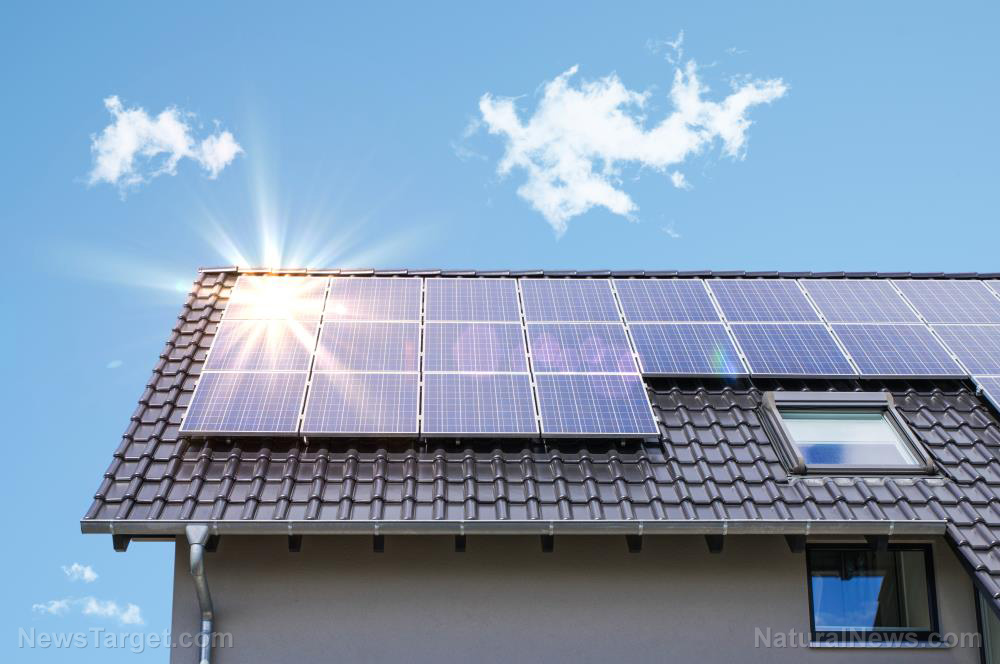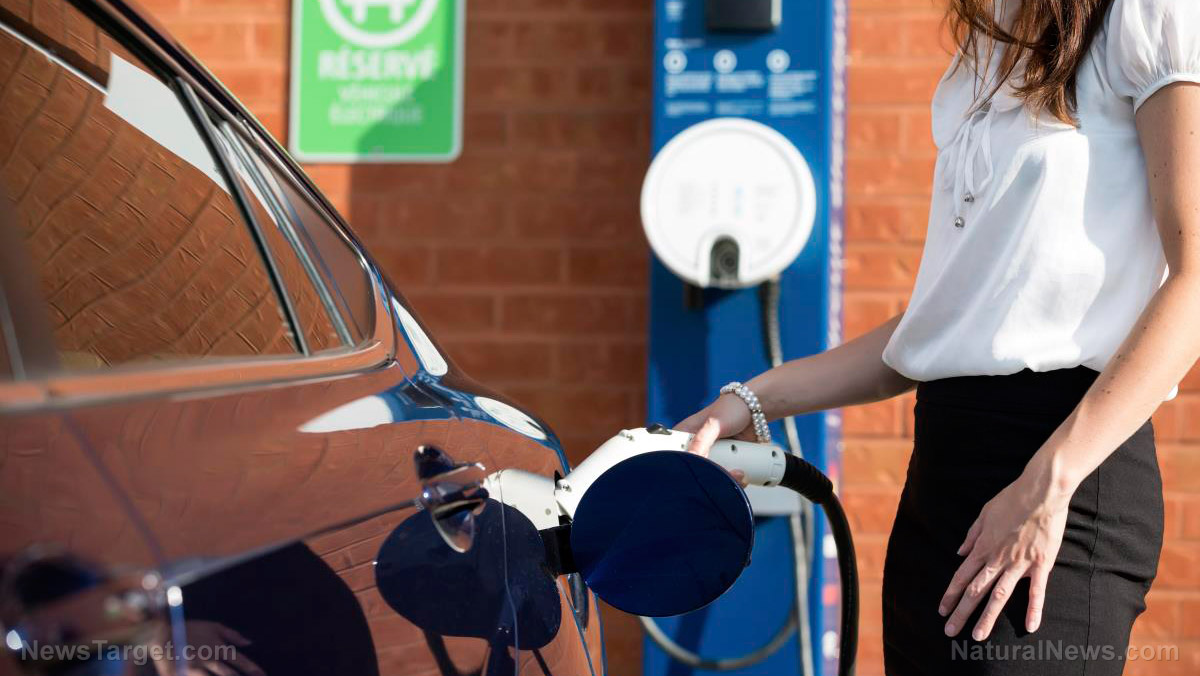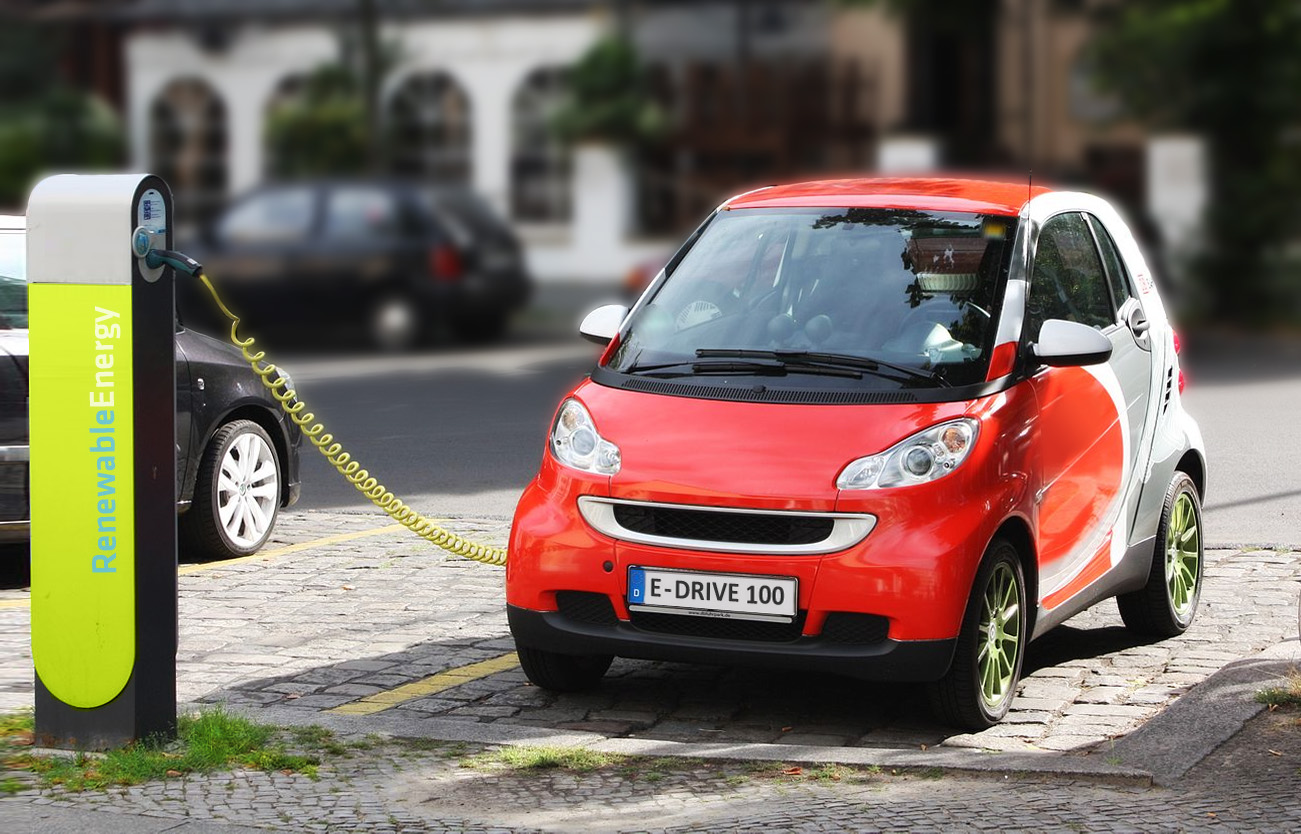New “iron-air” battery stores electricity for days by RUSTING
07/28/2021 / By Ramon Tomey

A startup battery company in the U.S. has developed an iron-air battery that stores electricity for extended periods by rusting. Massachusetts-based Form Energy touts its iron-air battery, which utilizes the reactions of iron and air to store energy, as significantly more affordable than its current lithium-ion counterparts
Form Energy’s battery consists of cells filled with small iron pellets. These iron pellets form into rust when exposed to air but revert back to iron when oxygen is removed. Meanwhile, the battery charges and discharges alongside the formation of iron to rust and back again. This process keeps energy stored in the battery for a longer period.
However, Form Energy notes that the batteries are too heavy for use in electric cars. The batteries can instead be used to store electricity generated by renewable energy power stations, it adds. The company states that the iron-air battery was designed to meet the challenge of keeping a constant power supply.
While electricity from solar power plants and wind farms have the lowest marginal cost, they’re unable to provide a constant power supply, unlike their fossil fuel counterparts. Form Energy claims that its new iron-air battery will solve this issue. According to the company, the battery will permit countries to fully retire power plants run by fossil fuels.
Form Energy CEO and Co-Founder Mateo Jaramillo said the Iron Air battery makes renewable energy “available when and where it’s needed, even during multiple days of extreme weather or grid outages.” He also touted the battery’s lower price.

A lithium-ion battery with different metals usually costs up to $80 per kilowatt-hour (kWh), but Jaramillo said the use of iron lowers it to less than $6 per kWh for each cell. Packing the iron battery cells into a full battery system still keeps the cost to less than $20 per kWh of energy storage, he added. (Related: Researchers develop high-energy magnesium batteries that can store more energy.)
Form Energy’s iron-air battery has some serious backing
While their claims may seem hard to believe, Form Energy’s technology comes from years of research and has serious backing.
Speaking to WBUR, Form Energy President and COO Ted Wiley said that the company produced hundreds of working prototypes for the iron-air battery. “We’ve completed the science, [and] what’s left to do is scale up from lab-scale prototypes to grid-scale power plants,” he said. Wiley remarked that in full production, “the modules will produce electricity for one-tenth the cost of any technology available today for grid storage.”
The company kicked off the first small-scale tests of the iron-air battery in early 2018. Two years later, Form Energy managed to purchase the patents of an Arizona-based battery company. The patents contained a technology that was impermeable to water, yet allowed oxygen to pass – something essential for the iron air battery.
“Having this piece nailed down allowed us to hit the accelerator,” Jaramillo described the company’s acquisition of the technology. (Related: “Solar flow battery” soaks up sunlight and stores it as energy for on-demand use.)
Form Energy also obtained funding from steel manufacturer ArcelorMittal, and has worked with the multinational steel firm to develop the battery’s iron components. However, Form Energy said that ArcelorMittal would not be the exclusive supplier for these. The American energy company added that it plans to source the iron domestically and build batteries near their final locations.
ArcelorMittal Global Head of Research and Development Greg Ludkovsky lauded Form Energy for its development of long-duration, grid-scale battery storage solutions. “The multi-day energy storage technology [Form Energy has] developed holds exciting potential to overcome the issue of intermittent supply of renewable energy,” he said.
If the development of the battery continues at pace, Form Energy hopes the first batteries will supply the grid by 2025. The battery’s final design for renewable energy will see 20 individual cells measuring 3 feet by 3 feet grouped in a module. Thousands of these modules will then be stored together in warehouses
The warehouses will then be hooked to renewable energy plants that will charge the batteries as they operate. Each warehouse will then store as much as 150 hours – a week’s worth – of electricity. The warehouses will also provide a 150-hour energy buffer to the grid when the renewable energy plants are non-operational.
Electricity.news has more articles about energy storage such as Form Energy’s iron-air battery for renewable energy facilities.
Sources include:
Submit a correction >>
Tagged Under:
ArcelorMittal, batteries, electricity grid, Energy Storage, Form Energy, Iron oxide, iron-air battery, power buffer, renewable energy, rusting, solar farms, wind farms
This article may contain statements that reflect the opinion of the author




















